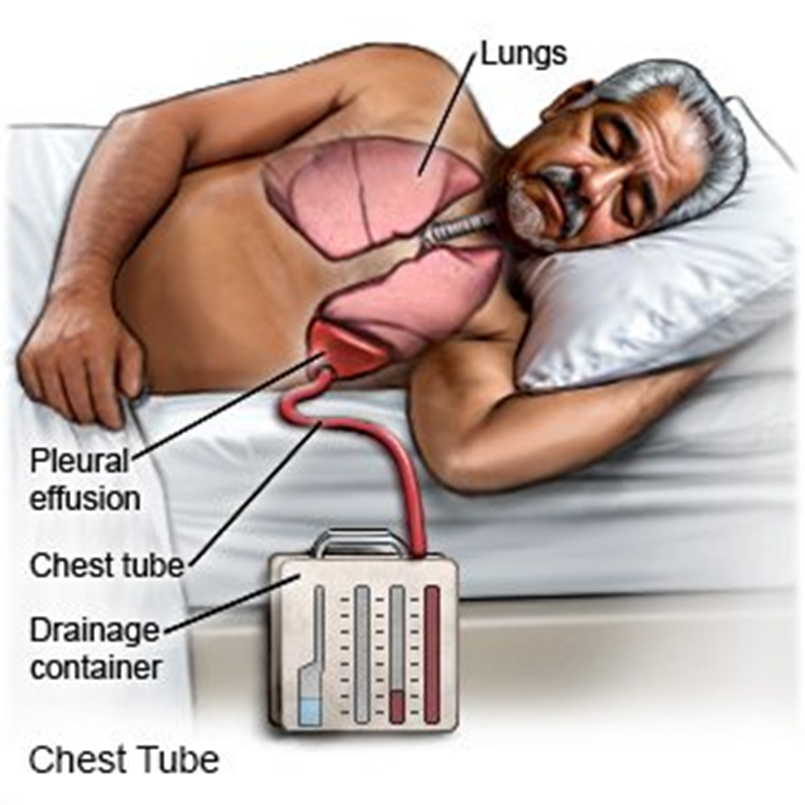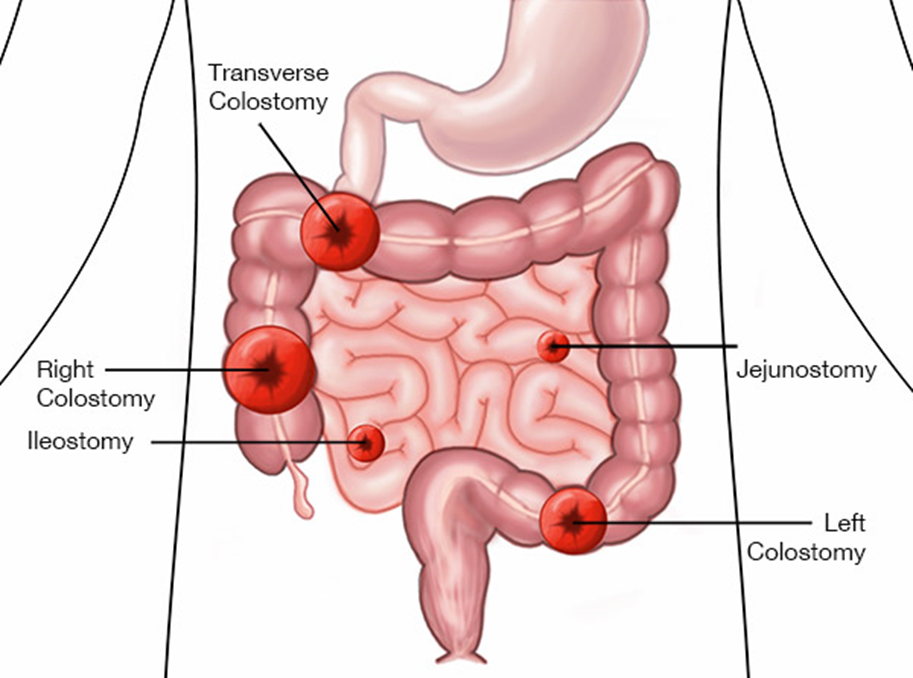The nurse is caring for a client diagnosed with chronic hepatitis who is receiving the medication lactulose. Which of these laboratory results would indicate the medication is achieving the desired therapeutic effect?
Increased serum albumin
Decreased serum bilirubin
Decreased serum ammonia
Decreased serum alanine aminotransferase (ALT)
The Correct Answer is C
Choice A Reason: Increased Serum Albumin
Increased serum albumin is not a direct indicator of the therapeutic effect of lactulose in patients with chronic hepatitis. Albumin is a protein made by the liver, and its levels can be affected by liver function. However, lactulose primarily works by reducing ammonia levels in the blood, not by increasing albumin levels. Normal serum albumin levels range from 3.5 to 5.5 grams per deciliter (g/dL). While improved liver function might eventually lead to increased albumin levels, this is not the primary therapeutic effect of lactulose.
Choice B Reason: Decreased Serum Bilirubin
Decreased serum bilirubin is also not a direct indicator of lactulose’s therapeutic effect. Bilirubin is a byproduct of the normal breakdown of red blood cells and is processed by the liver. Elevated bilirubin levels can indicate liver dysfunction, but lactulose’s main role is to reduce ammonia levels, not bilirubin. Normal serum bilirubin levels are typically between 0.1 to 1.2 milligrams per deciliter (mg/dL). While improved liver function might reduce bilirubin levels, this is not the primary goal of lactulose therapy.
Choice C Reason: Decreased Serum Ammonia
Decreased serum ammonia is the correct indicator of the therapeutic effect of lactulose in patients with chronic hepatitis. Lactulose is used to treat hepatic encephalopathy, a condition caused by high levels of ammonia in the blood due to liver dysfunction. Lactulose works by converting ammonia into ammonium, which is then excreted from the body. Normal serum ammonia levels are less than 50 micromoles per liter (µmol/L) in adults56. A decrease in serum ammonia levels indicates that lactulose is effectively reducing the toxic levels of ammonia in the blood, thereby achieving its desired therapeutic effect.
Choice D Reason: Decreased Serum Alanine Aminotransferase (ALT)
Decreased serum alanine aminotransferase (ALT) is not a direct indicator of lactulose’s therapeutic effect. ALT is an enzyme found in the liver that helps convert proteins into energy for liver cells. Elevated ALT levels can indicate liver damage. Normal ALT levels range from 7 to 56 units per liter (U/L). While improved liver function might reduce ALT levels, lactulose’s primary role is to reduce ammonia levels, not directly affect ALT.
Nursing Test Bank
Naxlex Comprehensive Predictor Exams
Related Questions
Correct Answer is D
Explanation
Choice A Reason:
Malfunction of the alarm button is unlikely to be the cause of increased peak airway pressure. The alarm is designed to alert the nurse to a problem with the ventilator or the patient’s airway, not to malfunction itself. Therefore, this is not the first thing the nurse should assess.
Choice B Reason:
A cut or slice in the tubing from the ventilator could cause a loss of pressure or air leak, but it would not typically result in increased peak airway pressure. Instead, it would likely cause a decrease in pressure and potentially trigger a different alarm.
Choice C Reason:
Higher than normal endotracheal cuff pressure can contribute to increased peak airway pressure. However, it is not the most immediate concern compared to a kink in the tubing, which can completely obstruct airflow and rapidly compromise the patient’s ventilation.
Choice D Reason:
A kink in the ventilator tubing is a common and immediate cause of increased peak airway pressure. It obstructs the flow of air, leading to a buildup of pressure in the system. This is the first thing the nurse should assess and correct to ensure the patient is receiving adequate ventilation.

Correct Answer is ["C","E"]
Explanation
Choice A: Formed stool in collection pouch
Formed stool in the collection pouch is not expected in an ileostomy. The output from an ileostomy is typically liquid to semi-liquid because the ileum does not absorb as much water as the colon. If formed stool is present, it may indicate a blockage or other issue that needs to be addressed.
Choice B: Stoma is edematous and bleeding
An edematous and bleeding stoma is not a normal finding and may indicate complications such as infection, trauma, or poor stoma care. The stoma should be moist and pink, but not swollen or bleeding. Persistent bleeding or significant edema should be reported to a healthcare provider immediately.
Choice C: Stoma is pink and shiny
A pink and shiny stoma is a sign that the ileostomy is functioning well. This indicates good blood flow and healthy tissue. The stoma should always appear moist and pink, similar to the inside of the mouth. Any deviation from this appearance, such as a pale, dark, or dry stoma, should be evaluated by a healthcare professional.

Choice D: Skin excoriation around the stoma
Skin excoriation around the stoma is not a normal finding and suggests that the skin is being irritated by the stoma output or the ostomy appliance. Proper skin care and fitting of the ostomy appliance are essential to prevent skin breakdown. If excoriation occurs, it should be treated promptly to prevent further complications.
Choice E: Mucus liquid flows from the stoma
Mucus liquid flowing from the stoma is expected in an ileostomy. The output is typically liquid to semi-liquid and may contain mucus, which is normal for the small intestine. This type of output indicates that the ileostomy is functioning as intended.
Whether you are a student looking to ace your exams or a practicing nurse seeking to enhance your expertise , our nursing education contents will empower you with the confidence and competence to make a difference in the lives of patients and become a respected leader in the healthcare field.
Visit Naxlex, invest in your future and unlock endless possibilities with our unparalleled nursing education contents today
Report Wrong Answer on the Current Question
Do you disagree with the answer? If yes, what is your expected answer? Explain.
Kindly be descriptive with the issue you are facing.
